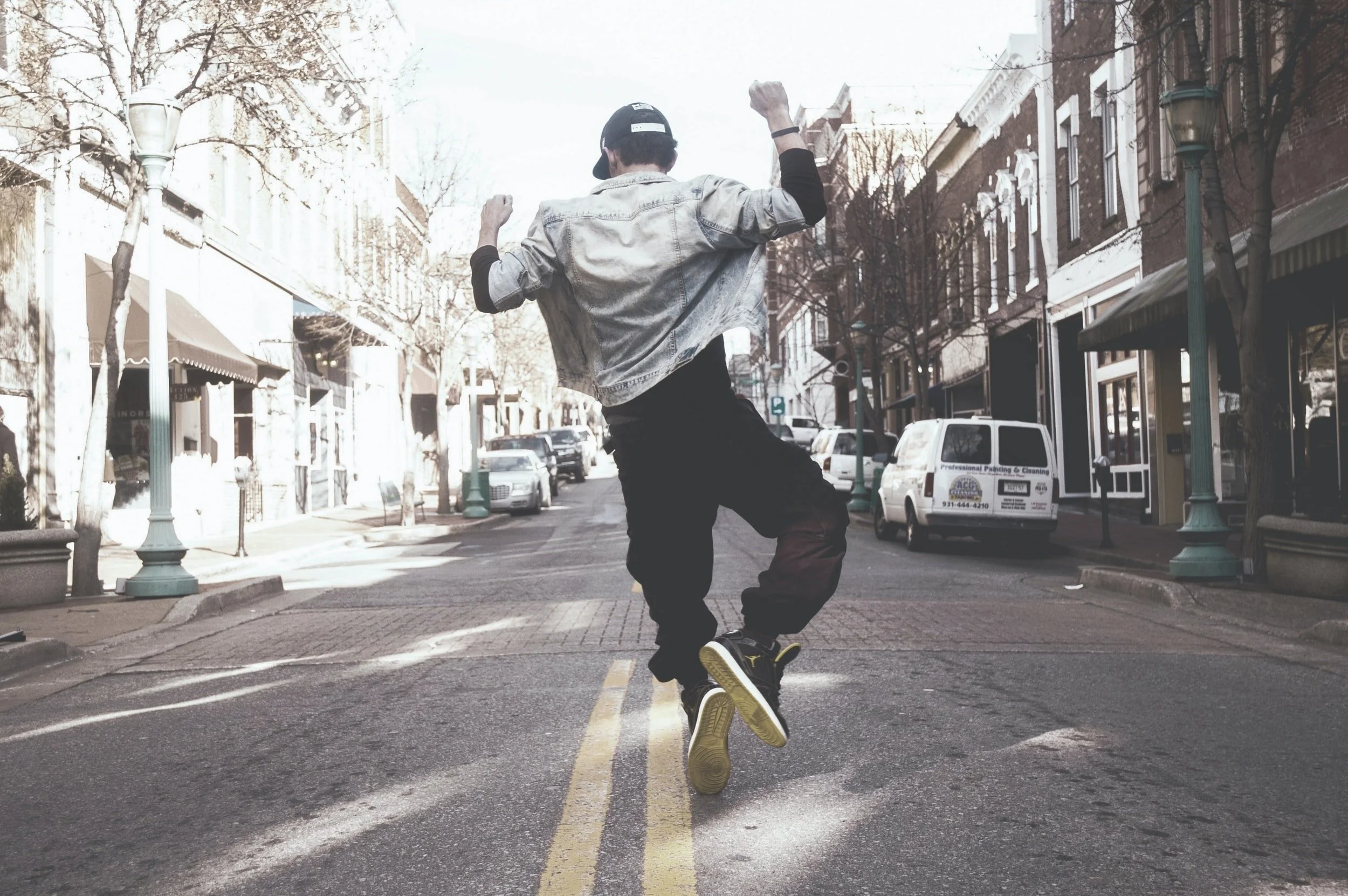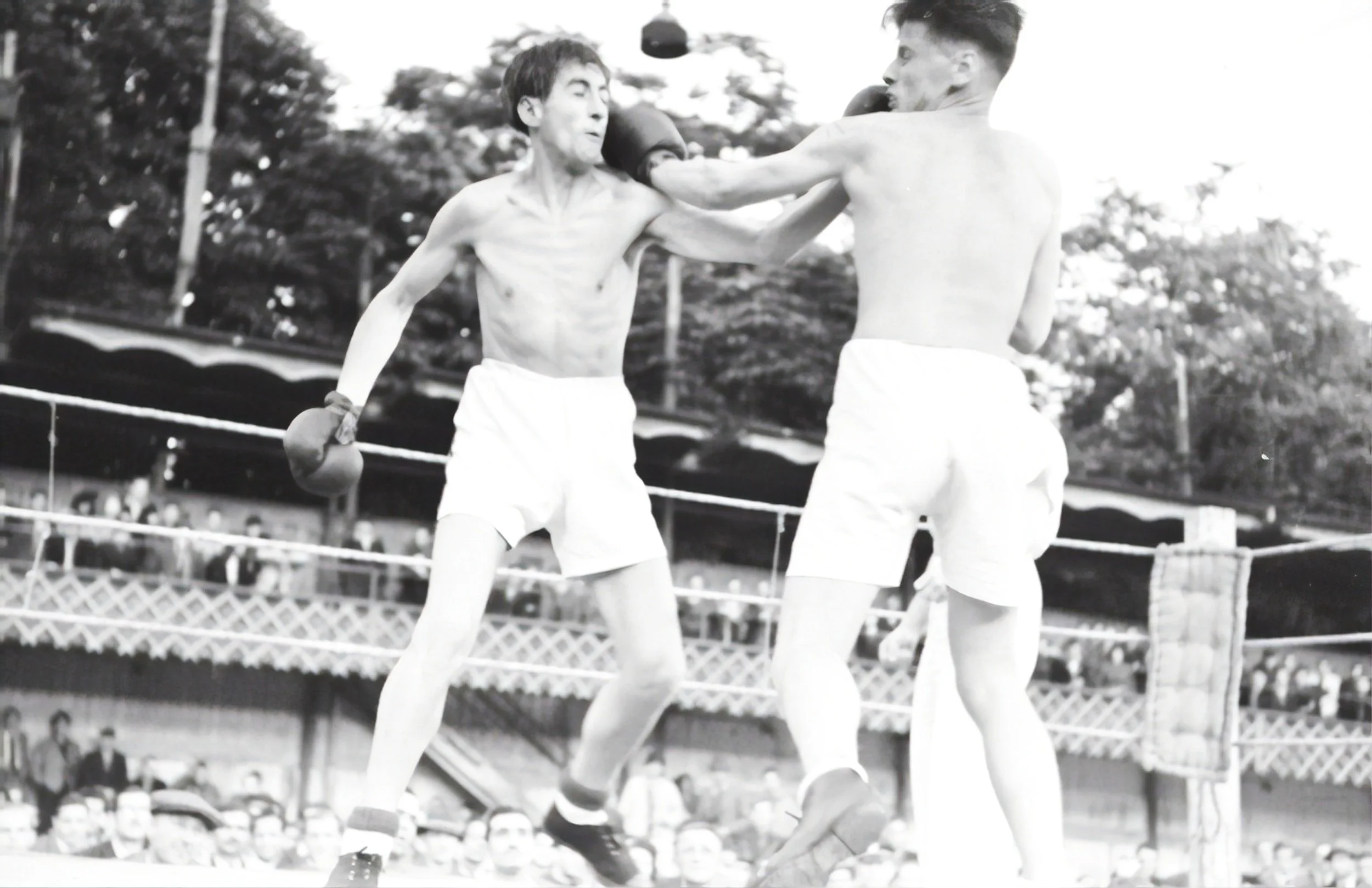An estimated 114 million people remained forcibly displaced by persecution, conflict, violence, human rights violations, and events seriously disturbing public order. More than 1 in 73 people worldwide remained forcibly displaced.
That persecution is based on five categories, race, religion, nationality, membership in a particular social group, or political opinion. It's not someone who leaves their country for economic opportunity, that person who may be able to go back to their country. A refugee is someone who is not able to go back, they will be persecuted, maybe their ethnic group, their religious group, or they were politically active. And in that case, they get a special designation by the United Nations that they're a person of international concern and they are under special protection.




















